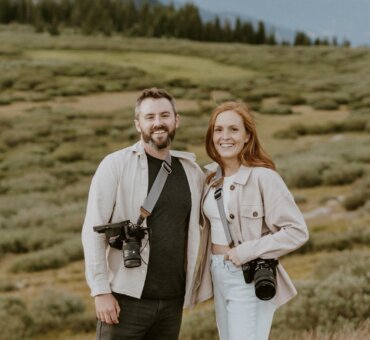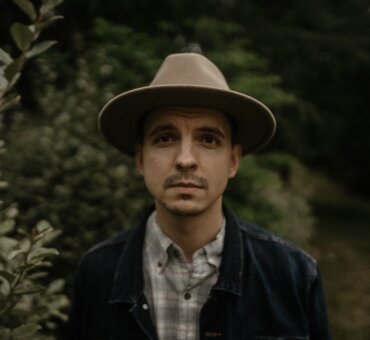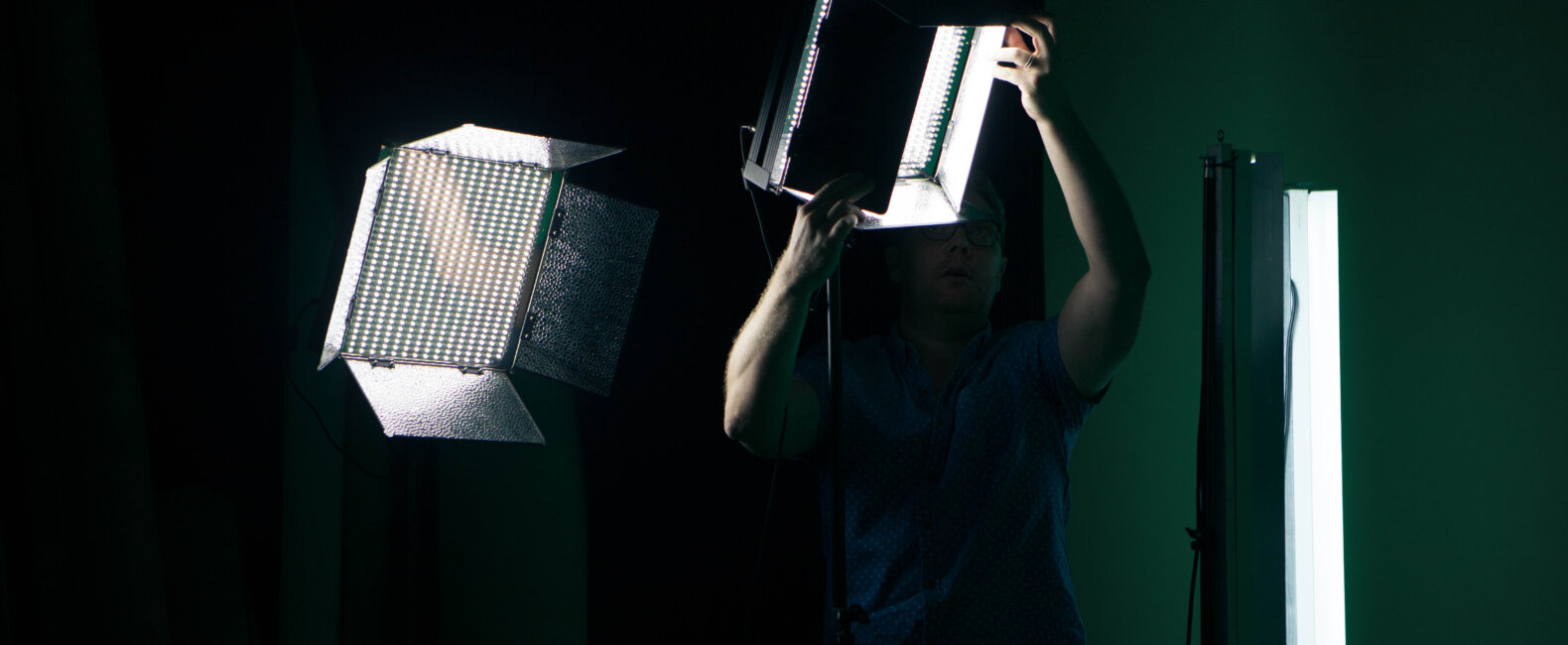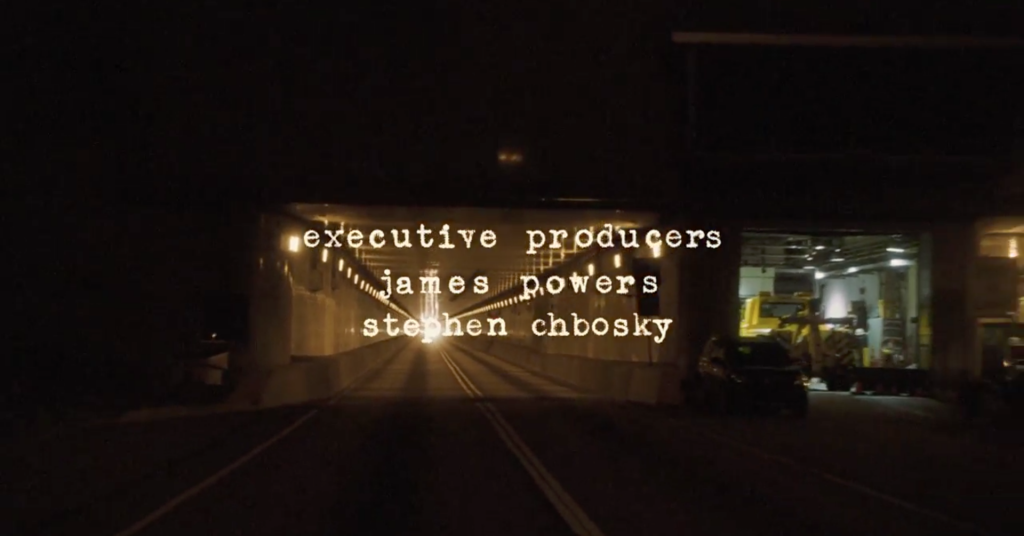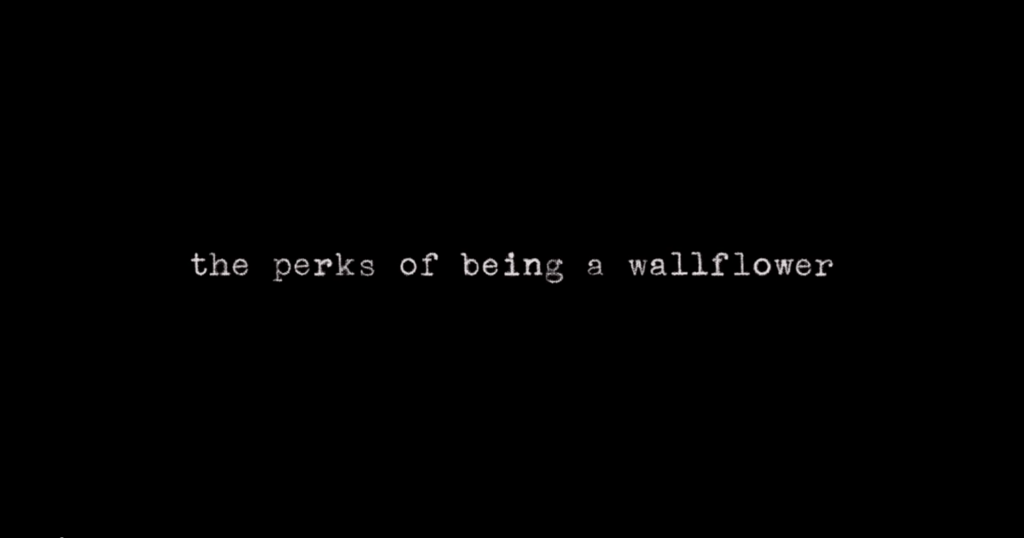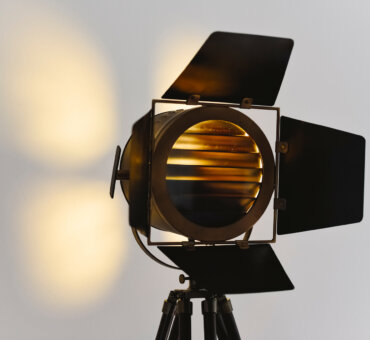A good title sequence not only introduces a TV show or a film, it expands it, interprets it, becomes an integral part of the experience as a whole. In some cases (let’s use James Bond as an example), the title sequence becomes as iconic as the characters. There is an art to these sequences that some people have spent the lion’s share of their career mastering. Take, for example, Chris Billig — the co-founder and creative director of Scatterlight Studios, responsible for such iconic title sequences as Orange Is the New Black, The Maze Runner, The Honorable Woman, and more. We recently chatted with Chris about the art of the title sequence. Here’s Chris.

I always love story. For me, it’s the most important thing about the main title.
So what’s the main title business all about?
I think a lot of people don’t realize that title sequences are outsourced, that there are companies who work in that one niche. A lot of people just assume the show does it. But people working on shows are so busy getting the show done that, by default, they’ve sort given it away to other companies.
From a business perspective, the main title side of things is horrendous. But from a creative perspective, it can be amazing. I think that’s what keeps people coming back over and over again.
What’s bad about it?
How it works is, you’ll pitch ideas against a couple other companies. So you’re putting in all of that creative time for free. Then on the back end — because we sit on the post side — we don’t get residual income. And that’s fine because it really is fun. You get to make something that becomes iconic for a show or a film. I got to work on Homeland, which became really successful. Then I directed the opening sequence for Teen Wolf, which was also successful. They ended up inviting me back to direct the main title every season. This year we’re doing the fifth main title for them.
What have you learned about creating great title sequences?
I always love story. For me, it’s the most important thing about the main title. Sometimes a show might not have the money to do a big sequence, so you’re forced to cut show footage together. Other times they set aside a decent budget, and you can do some amazing, intricate title design that really tells a story.
Then there are the Easter eggs, where you foreshadow something that’s going to happen in the show. The last one we did like that was for The Honorable Woman. If you’ve seen that sequence and seen the entire miniseries, you notice very quickly where all those moments in the main titles are coming from. You’re getting these little snippets that tell you the story even though you don’t really know what the story is until you’ve watched the whole thing.
For The Maze Runner titles we did, the type is always moving and changing. So when you see the film, you realize how the type ties into the concept. Those are the kinds of title sequences that are really interesting. There should always be a reason for why you do something.
Did it take long to come up with the type idea for Maze Runner?
No. We knew it the moment we watched the movie. It just made sense. There was a reason behind it. It’s simple and organic and complements the film.
You were also involved in the titles for Orange Is the New Black.
The pitch I had was based on the photographer Martin Schoeller. The idea was to use real people who’d been convicted and photograph them in a Schoeller-type way. Jenji [the show’s creator] really liked what was pitched to her, and I think the whole thing turned out really nice.
I saw on IMDB that you were a producer on The Perks of Being a Wallflower.
{Laughs} Actually they credited me wrong. It was just for the title sequence.
What was it like coming up with that sequence?
Well, that one was fun because the whole beginning scene is this kid pounding away on a typewriter. So we knew right away that we needed to find an old typewriter and create type that wasn’t perfect, that was a little smushed, a little messed up. It turned out really great, and it was really fun to work with Stephen [Chbosky] who wrote the novel and the screenplay, and directed the film. It’s so fun to work with someone who cares so much about the material.
So you actually went out and found a typewriter instead of just mocking it up in like Photoshop?
Correct. Because you know how on old typewriters the ribbon doesn’t always sink properly? You hit a key and it doesn’t always strike correctly? That’s what we were after.
Was it important for it to be a real typewriter?
It was important for it to feel organic, for us to know it was organic even if the viewer might not know. They might look at that and think, Oh, they bought a nice typewriter font.But I know we went out and made that. We used multiple typewriters. Real typewriters. Sometimes you just do things for the sake of the art.
It’s understanding that I might not have a good idea, but somebody else will. It’s all about collaboration.
Are the best ideas the most obvious ones?
No, I don’t think so.
You have to dig down for the good ones?
I think it depends. Every project is different, so you have to come at them from different angles. I always love listening to musicians talk about how they made a song. Sometimes they’ll crank out a hit in five minutes. It just comes to them. And sometimes that’s the case with title sequences too, but sometimes not. Part of it is you get better over the years. You can identify far quicker what you think is appropriate for that project. You trust your gut a little bit more. Another part of it is being able to sell your ideas. You need to be able to read a room. There are times when I’ve gone in with one idea, and times when I’ve gone in with six or seven.
What do you do when you can’t come up with an idea?
Well, that’s why it’s nice that it’s not just me coming up with ideas. It’s the group of men and women I work with here at the shop. It’s understanding that I might not have a good idea, but somebody else will. It’s all about collaboration.
What’s the best title sequence you’ve ever seen?
Oh, man. Can I get back to you?

After talking with Chris, it’s hard for us to look at title sequences the same way. We hadn’t realized how much we’ve taken for granted, how much we’ve glossed over. We also love what Chris said about art. Sometimes you have to buy a real typewriter even though you could get the exact same effect artificially. Even if you’re the only one who knows the true authenticity of your work, that’s enough reason to strive for authenticity.





































































